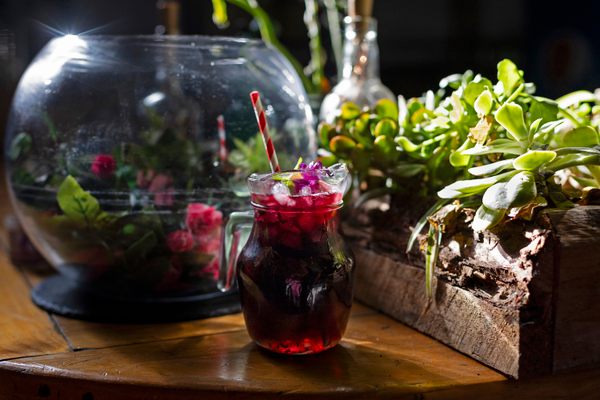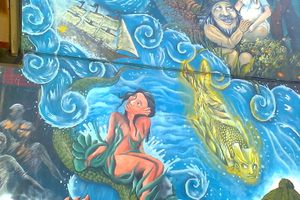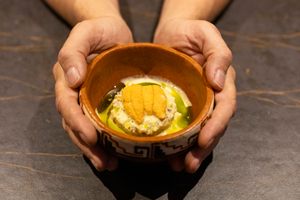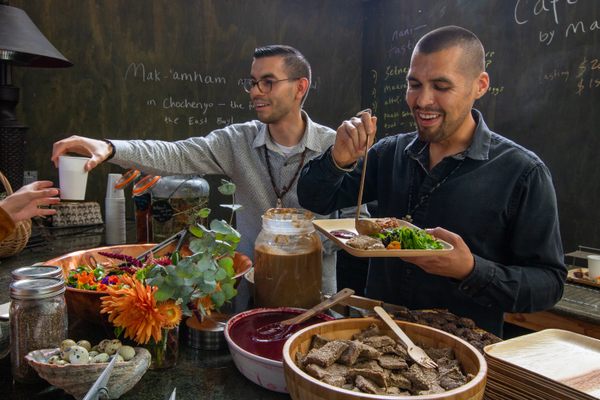About
José Luis Calfucura first made a name for himself as the “Mapuchef" (or Mapuche Chef, referring to his Indigenous Mapuche background) in 2014 on the Chilean version of the reality show Top Chef. He has gone on to open several restaurants in Santiago, including his latest, AMAIA.
A strong defender of Indigenous rights, Calfucura has made it his mission to educate Chileans in the capital about the overlooked foodways of the Mapuche, the nation’s largest Indigenous group, who account for about 9 percent of the population. Instead of opening his higher-end restaurant in the city center, he placed it in the working-class suburb of Maipú, at the end of Line 5 on the metro, which has one of the capital region’s largest Mapuche populations.
Calfucura grew up in Santiago. Yet he derives his unique gastronomy from the childhood trips he took to the ancestral Mapuche heartland of La Araucanía, which is a lusher place of emerald lakes and wheezing volcanoes in the south-central part of Chile, about 500 miles away.
What the menu at AMAIA does not do is try to replicate the ancestral Mapuche cuisine Calfucura learned from his elders in La Araucanía. Instead, it elevates endemic ingredients from southern Chile that have played a key role in local gastronomy. Calfucura, for example, uses the maqui and murta berries in juices, desserts, and pisco sours. Ancestral ingredients such as black quinoa from the Atacama, in Chile’s north, also appear on many plates since Calfucura’s business partner, Iván Zambra, has Indigenous Chango ancestry from that area.
Of course, there are also classic regional Chilean dishes such as sopaipillas, a fried pumpkin bread consumed during the colder winter months. You find striploin served atop a risotto of austral mushrooms and mote (husked wheat). Harina tostada (toasted flour), popular among Mapuche communities, forms the base for pasta. Scallops from the Pacific coast get cooked on their shell with white wine and a touch of queso chanco (a semi-hard cow’s milk cheese from the Maule Region).
The walls of AMAIA are lined in Indigenous art, including textiles, ceramics, basketry and photography. There’s also a sprawling back patio filled with plants, which acts like an urban oasis. With strong roots, and a proud Native identity, there really isn’t any other restaurant like AMAIA in Santiago.
Related Tags
Published
June 24, 2024








































